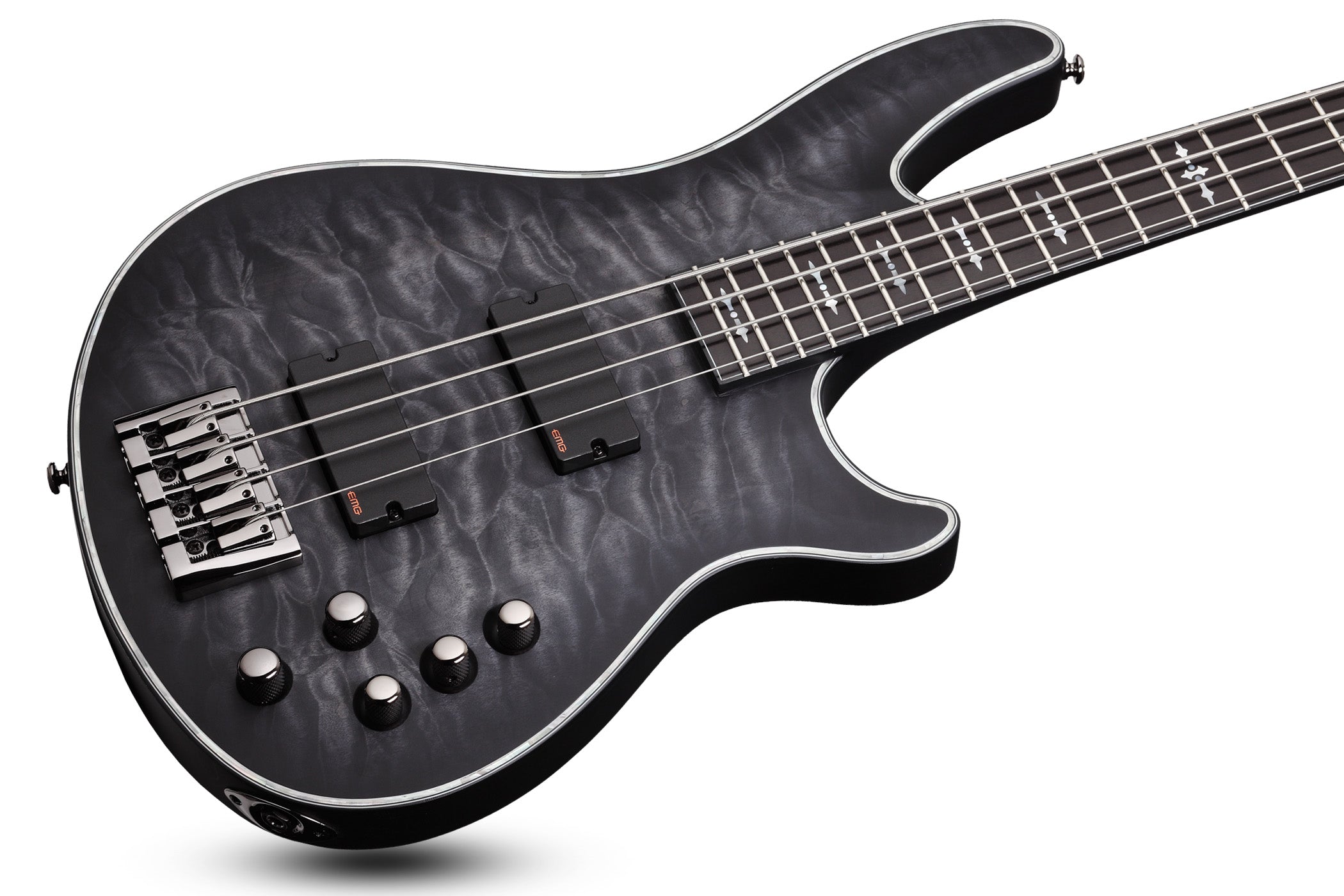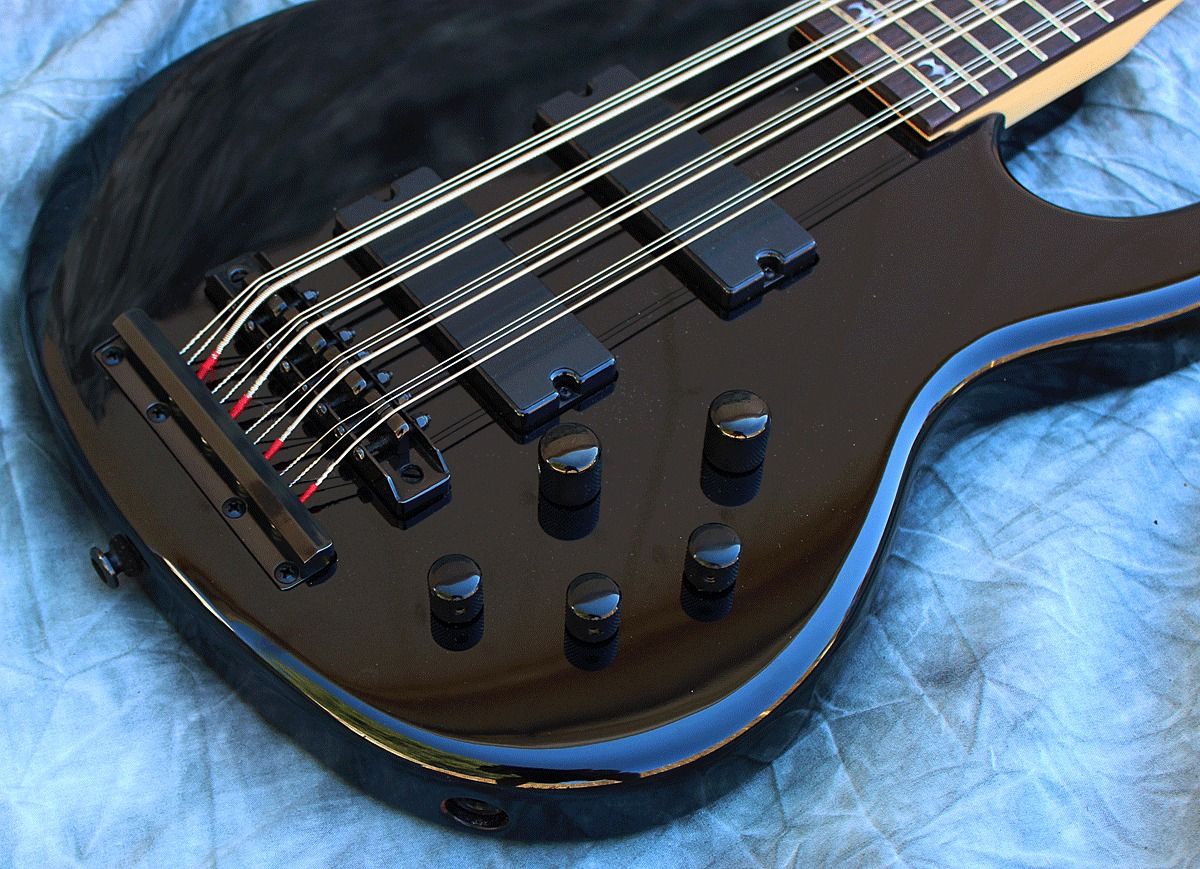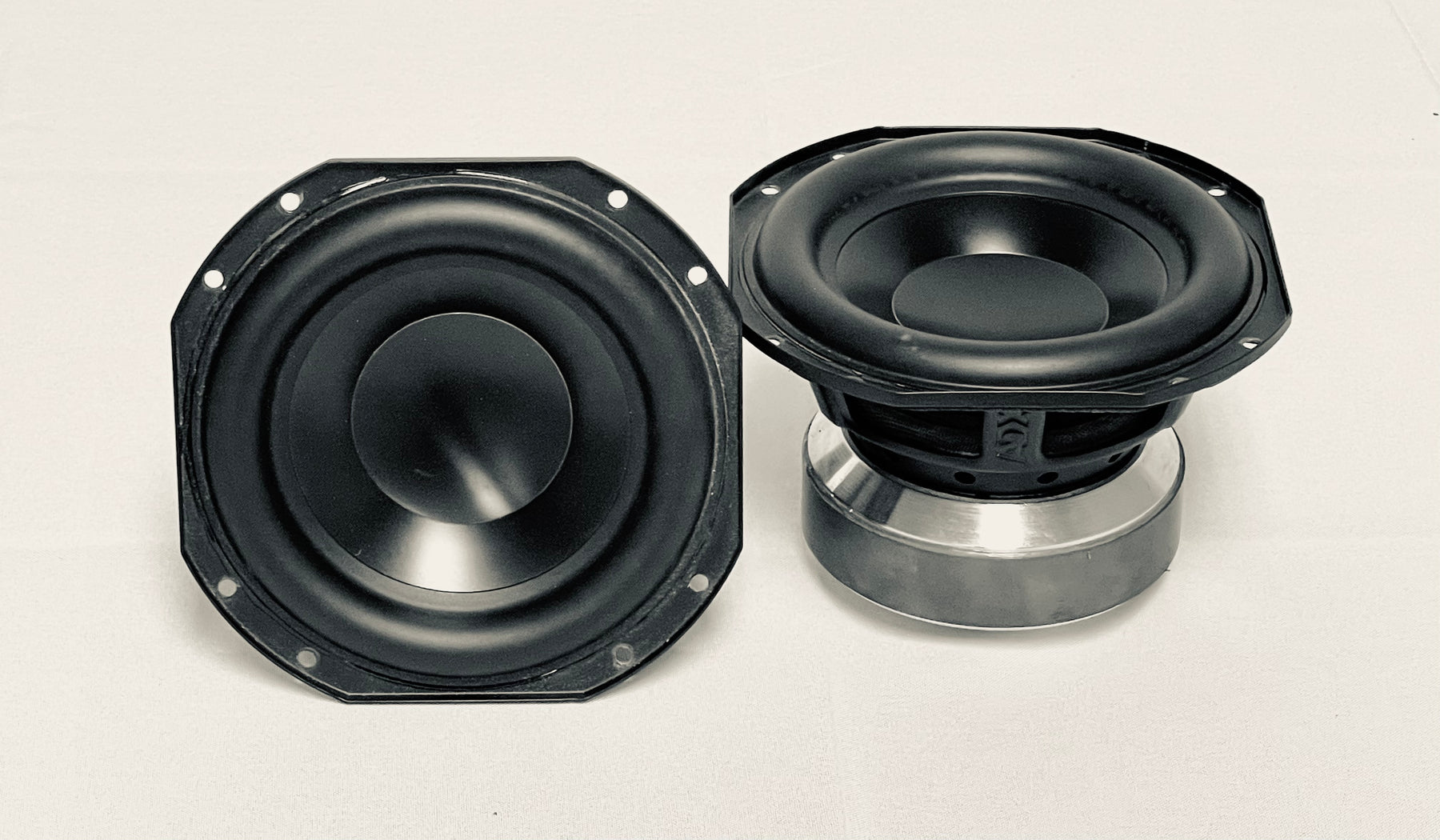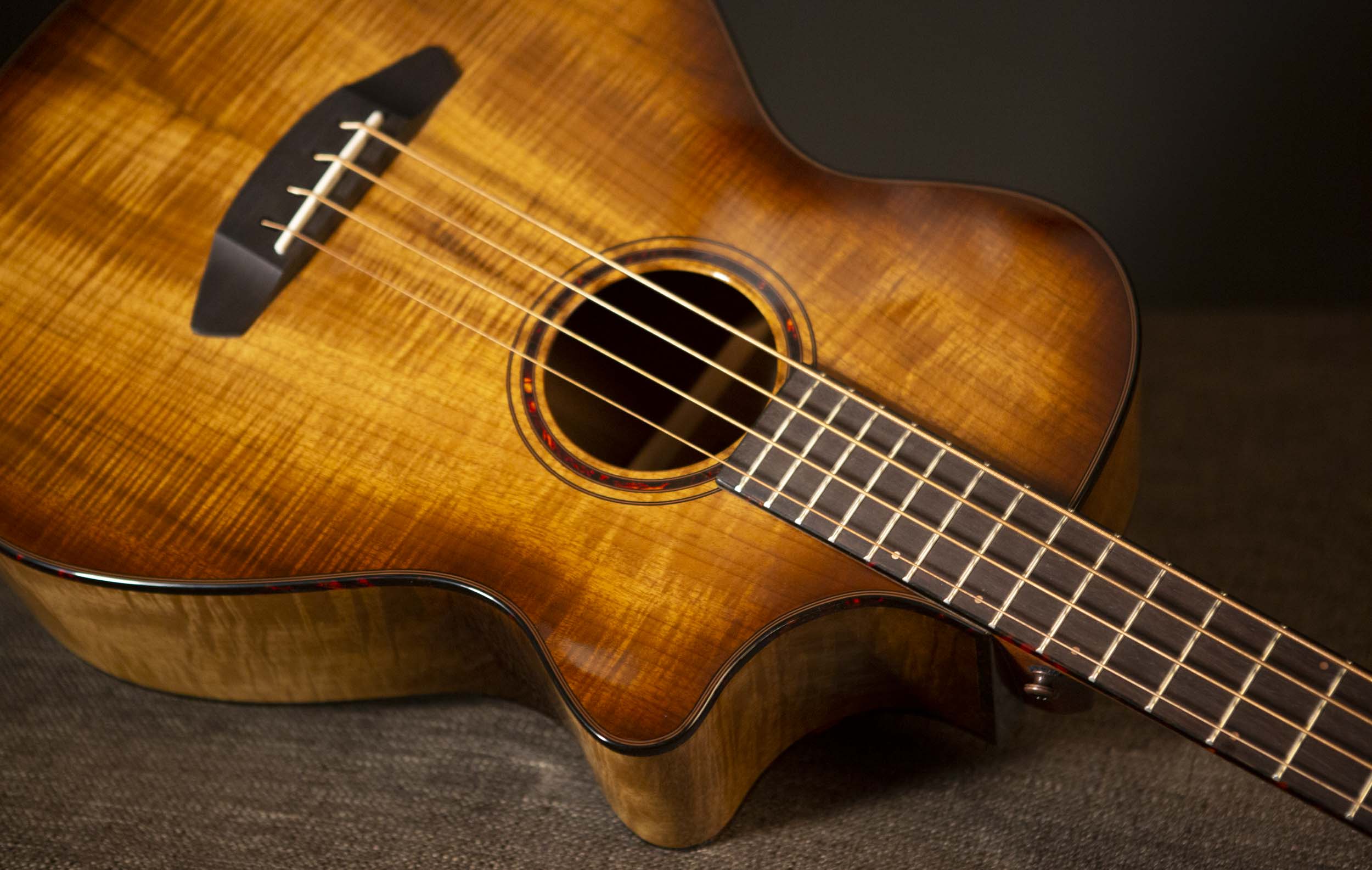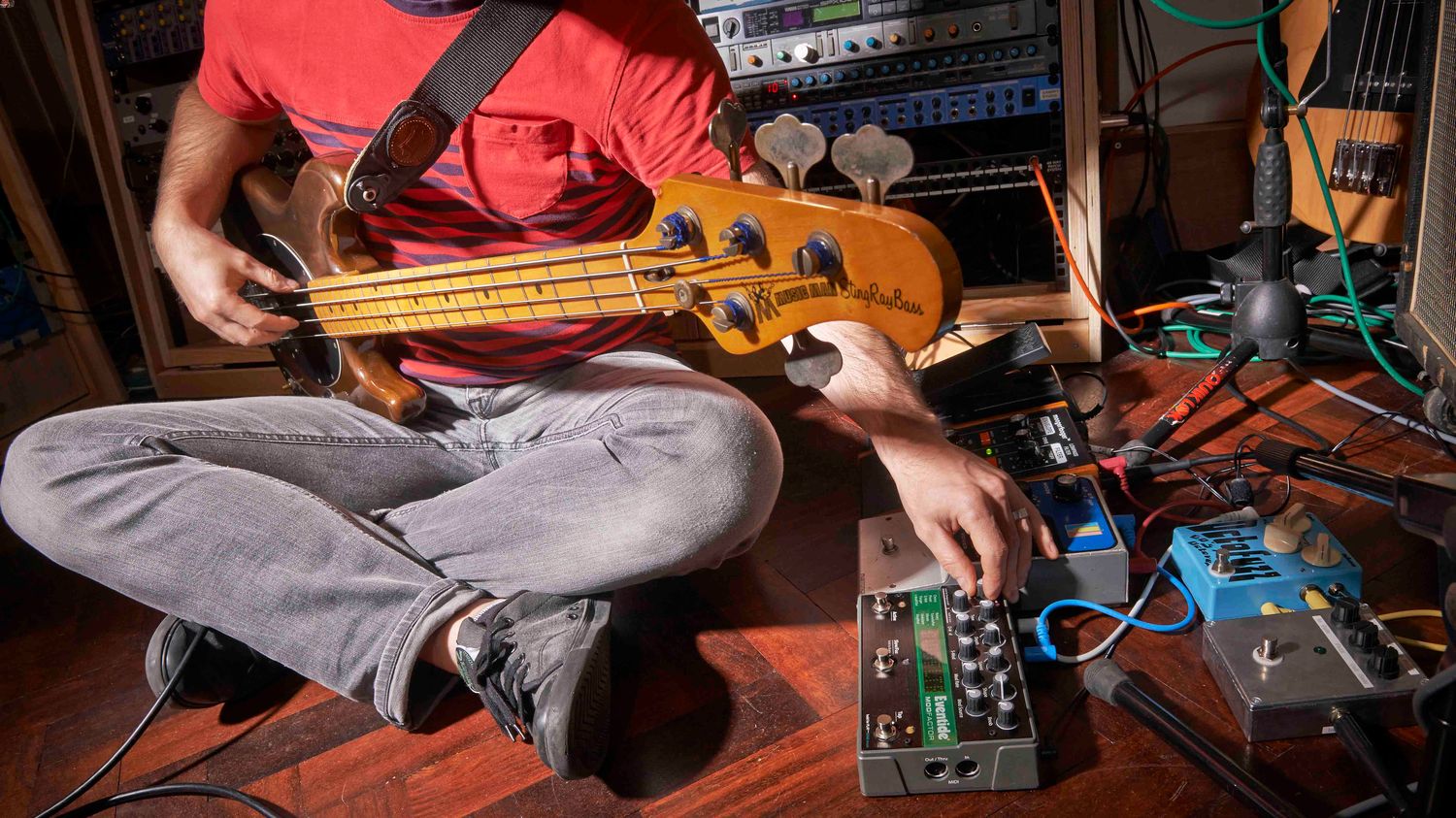Home>Instruments>Bass>What Is Bass Sound
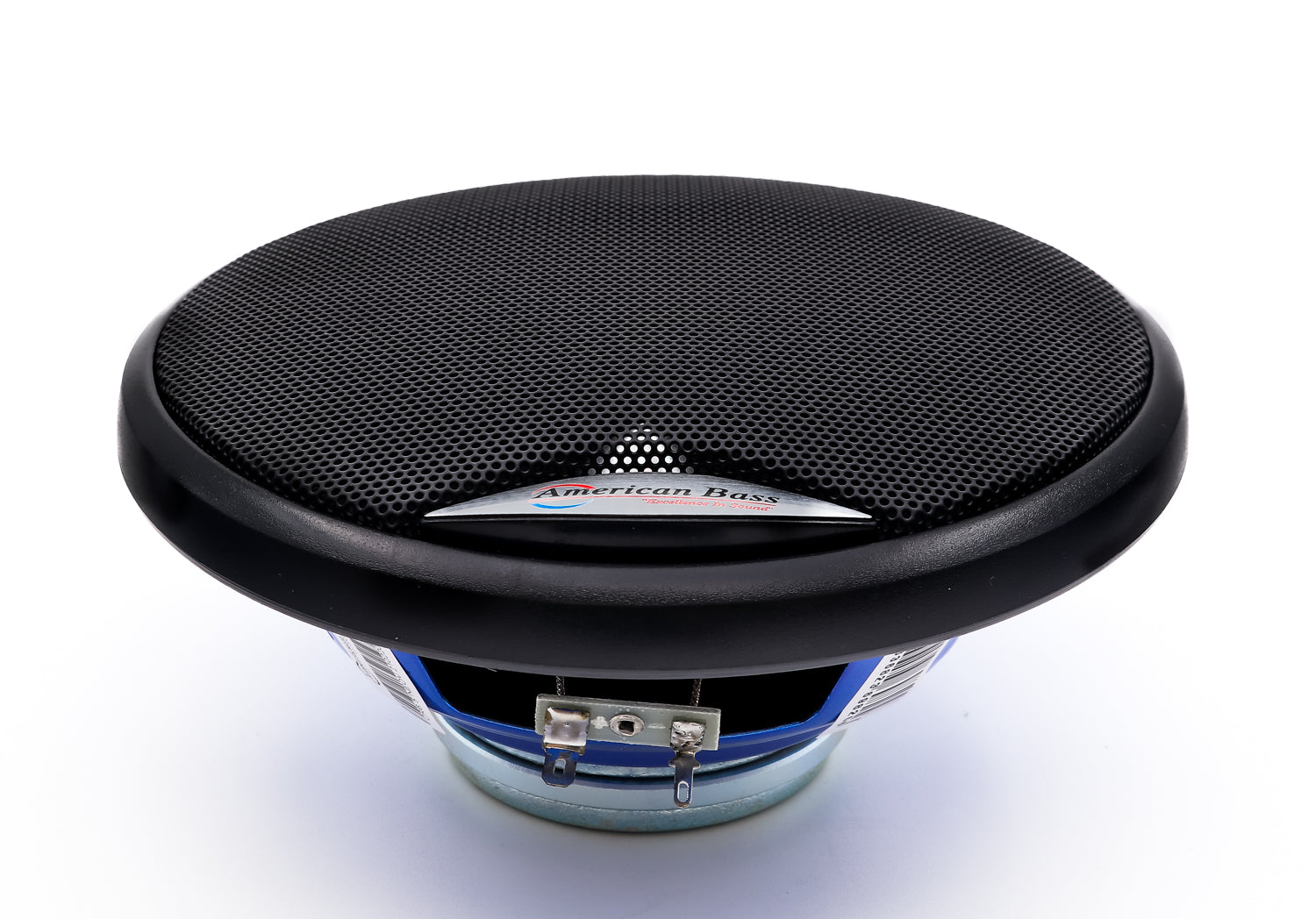

Bass
What Is Bass Sound
Modified: February 18, 2024
Discover the power of bass sound and its impact on music. Learn what bass is, how it enhances your favorite songs, and why it's essential to the overall audio experience.
(Many of the links in this article redirect to a specific reviewed product. Your purchase of these products through affiliate links helps to generate commission for AudioLover.com, at no extra cost. Learn more)
Table of Contents
Introduction
Welcome to the world of bass! Whether you’re a music enthusiast, an audiophile, or simply someone who appreciates the power and depth of sound, understanding bass is crucial to fully experiencing the magic of music.
Sound is a fascinating phenomenon that surrounds us in our daily lives. From the chirping of birds to the melody of a favorite song, sound is an integral part of the human experience. Not all sounds are created equal, however, and the bass sound holds a special place in the auditory landscape.
In this article, we will embark on a journey to unravel the mysteries of bass and explore its essential role in music and audio systems. We will delve into the definition of bass sound, examine its characteristics, and delve into the production and importance of bass sound in various music genres.
So, buckle up and get ready to dive deep into the world of bass as we uncover the secrets behind this captivating low-frequency sound.
Understanding Sound Frequencies
Before we dive into the intricacies of bass sound, it’s important to have a basic understanding of sound frequencies. Sound is essentially the vibration of air molecules that our ears perceive as sound waves. These sound waves have different frequencies, which determine the pitch or tone of the sound.
Frequency is measured in Hertz (Hz) and refers to the number of vibrations or cycles per second. The human auditory system is capable of perceiving a wide range of frequencies, typically ranging from 20 Hz to 20,000 Hz. Different frequency ranges are associated with different parts of the audible spectrum.
When it comes to bass sound, we’re talking about low frequencies, typically ranging from 20 Hz to around 250 Hz. These low-frequency sounds have longer wavelengths and are often felt as much as they are heard. They can create a sense of power, depth, and richness in music.
On the other end of the spectrum, we have high frequencies, also known as treble. High-frequency sounds range from around 2,000 Hz to 20,000 Hz. These sounds have shorter wavelengths and are responsible for the clarity, detail, and sparkle in music. They bring out the nuances of instruments and vocals.
Understanding the concept of sound frequencies, specifically the low-frequency range of bass sound, is crucial in appreciating the impact it has on music and audio systems. Now that we have a solid foundation, let’s dive deeper into the world of bass sound.
Definition of Bass Sound
When we talk about bass sound, we are specifically referring to the low-frequency range of sound that contributes to the depth and richness of music. Bass is often associated with a deep, rumbling sensation that can be felt in the chest or resonates through the body.
In musical terms, bass refers to the lowest-pitched melodic and rhythmic elements of a piece. It provides a strong foundation and acts as the backbone of the musical composition. The bass sound can be produced by various instruments, such as the bass guitar, double bass, synthesizers, and even certain percussion instruments.
Beyond the realm of music, bass sound is also an essential component of audio systems, adding depth and impact to movies, video games, and live performances. Whether it’s the explosive rumble of an action movie or the immersive soundscape of a concert, bass sound adds a visceral and captivating dimension to the overall experience.
It’s important to note that bass sound is not just about low frequencies, but also about the quality and character of those frequencies. The way the bass is mixed, produced, and reproduced can greatly impact the overall sonic experience. A well-balanced and well-defined bass can enhance the listening experience, while a poorly executed bass can muddy the sound and detract from the overall enjoyment.
Now that we have a clear understanding of what bass sound is, let’s explore its characteristics and how it plays a vital role in music and audio systems.
Characteristics of Bass Sound
Bass sound possesses a unique set of characteristics that sets it apart from other frequencies in the sound spectrum. Understanding these characteristics is essential in appreciating the impact that bass has on music and audio systems.
1. Low Frequency Range: Bass sound is characterized by its low-frequency range, typically ranging from 20 Hz to around 250 Hz. These frequencies are responsible for the deep, powerful, and rumbling sensation associated with bass sound.
2. Longer Wavelengths: Low-frequency sounds have longer wavelengths compared to higher frequencies. This means that the distance between each waveform is greater, resulting in a slower vibration and a more resonant sound.
3. Fullness and Richness: Bass sound adds depth and richness to music. It complements the higher-pitched elements of a composition, providing a solid foundation and a sense of fullness to the overall sound.
4. Impact and Presence: Bass sound has the ability to create a physical impact and presence in a room or through a sound system. It can be felt as much as it is heard, adding a tangible and immersive element to the listening experience.
5. Resonance and Vibrations: Bass frequencies are known for their ability to create vibrations in physical structures and objects. This phenomenon, known as resonance, can be experienced when standing next to a powerful subwoofer or hearing the deep bass notes of a live concert.
6. Emotional Impact: Bass sound has the ability to evoke strong emotional responses in listeners. Whether it’s the pounding bassline in a dance track that gets people moving or the deep, melancholic bass notes in a ballad that tug at the heartstrings, bass adds a layer of emotional depth to music.
Understanding these characteristics of bass sound allows us to truly appreciate its role in music and audio systems. In the next section, we will explore the importance of bass sound in various music genres.
Importance of Bass Sound in Music
Bass sound plays a crucial role in music, contributing to the overall groove, rhythm, and emotional impact of a composition. It serves as the foundation and backbone of many genres, bringing depth, power, and excitement to the listening experience.
1. Rhythm and Groove: The bass provides the essential rhythmic and groove element in music. It establishes the underlying pulse and helps to drive the song forward, connecting the various instruments and elements together. Without a solid bassline, a song can feel empty and lacking in energy.
2. Harmonic Foundation: The bass forms the harmonic foundation of a composition. It establishes the root notes and lays the groundwork for other instruments and melodic lines to build upon. The interplay between the bassline and other melodic elements creates a sense of harmony and adds complexity to the musical arrangement.
3. Emotional Impact: Bass sound has a unique ability to evoke powerful emotions. The deep, resonant notes of a bassline can create a sense of depth, melancholy, or even aggression, depending on the musical context. The emotional impact of bass can be heard in genres such as jazz, reggae, hip-hop, and electronic music.
4. Enhancing Musical Genres: Bass sound is integral to specific musical genres. For example, in funk and disco music, the bassline is often the driving force behind the groove and danceability of the songs. In heavy metal and hard rock, the thundering bass adds weight and aggression to the music. It’s hard to imagine these genres without the powerful presence of bass.
5. Creating Atmosphere: Bass sound can create a sense of atmosphere and mood in music. From the deep, atmospheric bass tones in ambient and electronic genres to the pulsating basslines in dance music, bass adds a layer of texture and depth that immerses the listener in the sonic landscape.
Overall, bass sound is essential in music, serving as the bridge between rhythm and melody, providing emotional impact, and enhancing the overall listening experience. Its presence is often felt as much as it is heard, making it an integral component of the musical journey.
Next, let’s explore how bass sound is produced and the various instruments and technologies involved in creating those low-frequency vibrations.
Bass Sound in Different Music Genres
Bass sound is essential in a wide variety of music genres, playing a unique role in each genre’s sonic landscape. From the thumping basslines of dance music to the groovy bass grooves of funk, let’s explore how bass sound is utilized in different musical genres.
1. Rock and Metal: In rock and metal music, the bass guitar often acts as the driving force behind the heavy and aggressive sound. The basslines in these genres are often prominent and intricately woven with the guitar riffs, providing a solid foundation and adding weight to the overall sonic mix.
2. Funk and R&B: Funk and R&B music heavily rely on the bassline to create infectious grooves. The bass in these genres often takes center stage, showcasing intricate and syncopated rhythms that get people moving. It provides the backbone for the rhythm section and adds a distinct funky flavor to the music.
3. Hip-Hop and Rap: Hip-hop and rap music utilize bass sound in a unique way, often featuring deep and booming basslines that define the rhythm and drive of the songs. The low-frequency bass provides the foundation for the beats and serves as a canvas for the rappers’ lyrical delivery.
4. Jazz: In jazz music, the bass takes on a more melodic role, with the double bass or electric bass providing a rich and resonant foundation for the harmonies and improvisations. The bassist acts as the anchor, guiding the band through complex chord progressions and providing a sense of depth and groove.
5. Dance and Electronic Music: Bass is crucial in dance and electronic music, where it often takes on a driving and pulsating role. The deep, rhythmic basslines are designed to energize the dancefloor and create a sense of euphoria. Subwoofers and specialized speaker systems are key components in delivering the powerful bass impact in these genres.
6. Reggae and Dub: Reggae and dub music are characterized by their heavy emphasis on bass, where the bassline takes a prominent position in the mix. The deep, thumping bass adds a hypnotic and meditative quality to the music, driving the rhythm and providing a foundation for the other instruments and vocals.
These are just a few examples of how bass sound is utilized in different music genres. Each genre has its own unique approach to bass, highlighting its importance and versatility in shaping the overall sound.
Now that we have explored the role of bass in various genres, let’s uncover how bass sound is actually produced and the technology behind it.
How Bass Sound Is Produced
Bass sound can be produced in various ways, depending on the instrument or technology utilized. Let’s take a closer look at the different methods and technologies involved in producing those deep, resonant bass frequencies.
1. Bass Guitar: One of the most common instruments used to produce bass sound is the bass guitar. The bass guitar typically has four strings, tuned an octave lower than a regular guitar. When the strings are plucked or strummed, the vibrations resonate through the body of the instrument, producing the low-frequency sound that we associate with bass.
2. Double Bass: The double bass, also known as the contrabass, is a large string instrument commonly used in classical music, jazz, and other genres. It features a larger body and longer strings, which produce even deeper and richer bass tones. The double bass is played by plucking or using a bow to create the desired sound.
3. Synthesizers and Samplers: In modern music production, synthesizers and samplers are often used to create bass sounds. These electronic instruments can generate a wide range of bass tones using various synthesized waveforms, filters, and modulation techniques. They offer versatility and allow for precise control over the desired bass sound.
4. Electronic Drum Machines and Drum Modules: Bass is also produced through the use of electronic drum machines and drum modules. These devices generate low-frequency tones to simulate the sound of a bass drum or other percussive elements. The bass frequencies produced by these instruments contribute to the overall rhythmic and sonic experience.
5. Subwoofers and Sound Systems: When it comes to listening to bass-heavy music, subwoofers and specialized sound systems play a crucial role. Subwoofers are designed to reproduce low-frequency sounds with precision and power, enhancing the impact and depth of the bass. These dedicated speakers, along with amplifiers and audio processors, optimize the delivery of bass frequencies in live performances, home theaters, and music playback systems.
6. Physical and Acoustic Phenomena: Bass sound can also be created through physical and acoustic phenomena. For example, the reverberation and resonance of a room or chamber can enhance bass frequencies, adding warmth and depth to the sound. Similarly, certain percussion instruments, such as the bass drum and timpani, produce powerful low-frequency tones through striking or vibrating the instrument’s surface.
By utilizing various instruments, synthesizers, sound systems, and acoustic phenomena, bass sound is produced to create the distinctive low-frequency experience we hear and feel in music. The production techniques and technologies continue to evolve, pushing the boundaries of what is possible in the realm of bass sound.
Now that we understand how bass sound is produced, let’s explore the vital role that bass plays in audio systems and how it can be optimized for an enhanced listening experience.
The Role of Bass Sound in Audio Systems
Bass sound plays a crucial role in audio systems, enhancing the overall listening experience and adding depth and impact to the soundscape. Let’s explore the important role of bass in audio systems and how it contributes to creating a balanced and immersive sound.
1. Enhancing Depth and Realism: Bass frequencies add a sense of depth and realism to audio reproduction. They recreate the low-frequency vibrations that we naturally encounter in the real world, making the listening experience more immersive and lifelike. Whether it’s the rumbling of an explosion or the thumping bassline in a song, bass sound enhances the overall perception of depth in sound reproduction.
2. Balancing Frequencies: Audio systems aim to produce a balanced sound across the entire frequency spectrum. Bass sound is a critical component in achieving this balance. By providing a solid foundation in the lower frequencies, it complements the midrange and high frequencies, ensuring a well-rounded and pleasing sound reproduction.
3. Impact and Energy: Bass sound adds impact and energy to audio playback. It can make the music feel more dynamic, engaging, and powerful. In movies, it can create a visceral and immersive experience, making action scenes more thrilling and intense. The deep, resonant bass frequencies bring an added sense of energy and excitement to the audio content.
4. Creating Atmosphere and Spatiality: Bass sound can contribute to the creation of a sense of atmosphere and spatiality in audio playback. Low-frequency reverberations and vibrations can simulate the feeling of being in a live concert hall or a cinematic environment. By accurately reproducing the low-frequency content of the audio, audio systems can create a more realistic and enveloping soundstage.
5. Optimizing Audio Performance: In high-quality audio systems, properly reproducing bass sound is crucial for overall system performance. Subwoofers and specialized bass management systems ensure accurate and controlled delivery of low-frequency content, preventing distortion and maintaining clarity. By optimizing bass reproduction, audio systems can achieve a more faithful and accurate representation of the original source material.
By understanding the role of bass sound in audio systems, we can appreciate its impact on the overall listening experience. It adds depth, impact, and realism to audio playback, contributing to a more engaging and immersive sonic journey.
Now, let’s explore some tips for enhancing the bass sound experience and making the most out of your audio system.
Tips for Enhancing Bass Sound Experience
Are you craving a powerful and immersive bass sound experience? Here are some tips to help you enhance the bass in your audio system and elevate your listening pleasure:
1. Invest in Quality Speakers or Headphones: High-quality speakers or headphones that are designed to reproduce low frequencies accurately can make a significant difference in your bass sound experience. Look for models that have dedicated subwoofers or enhanced bass drivers to ensure a rich and detailed bass response.
2. Position Your Speakers Correctly: Speaker placement can greatly impact bass performance. Experiment with speaker positioning to optimize bass response. Placing speakers near walls or in corners can enhance low-frequency output, while moving them away from walls can reduce bass reverberation.
3. Use Room Acoustics to Your Advantage: The acoustics of your room can affect bass sound. Experiment with room treatment options such as bass traps, diffusers, or acoustic panels to reduce unwanted reflections and resonances, creating a more balanced and controlled bass response.
4. Adjust Bass Equalization: Most audio systems provide equalization options that allow you to adjust the bass levels. Experiment with the bass settings to find the optimal balance for your listening preferences. Be careful not to overdo it and maintain a balanced sound across all frequencies.
5. Consider a Subwoofer: Adding a subwoofer to your audio system can significantly enhance bass performance. Subwoofers are specialized speakers designed to reproduce low frequencies, providing a deep and powerful bass experience. Choose a subwoofer that complements your existing speakers and matches the size of your listening space.
6. Optimize Source Material: The quality of the audio files or source material can impact the bass sound. Use high-quality audio sources, such as lossless files or CDs, to ensure that the bass frequencies are accurately represented. Poorly encoded or low-quality audio files can result in compromised bass reproduction.
7. Experiment with Music Genres: Different music genres showcase bass in diverse ways. Explore various genres that are known for their bass-heavy productions, such as electronic music, hip-hop, or reggae. This will allow you to fully experience the depth and impact of bass sound and appreciate its role in different musical contexts.
8. Engage in Active Listening: To fully appreciate the bass sound, engage in active listening. Pay attention to the subtle nuances and textures of the bass frequencies, allowing yourself to immerse in the intricate layers of the music. Focus on how the bass interacts with other instruments and how it contributes to the overall musical experience.
By implementing these tips, you can enhance your bass sound experience and enjoy a more immersive and captivating audio journey. Remember, experimentation and fine-tuning are key to finding the perfect balance that suits your personal preferences and audio system capabilities.
Now, armed with these tips, go forth and embrace the power and depth of bass in your music!
Conclusion
Bass sound is a fundamental and captivating aspect of music and audio systems. Its low-frequency vibrations add depth, impact, and emotional richness to our listening experience. Understanding the characteristics, importance, and production of bass sound allows us to fully appreciate its role in shaping the sonic landscape.
From the rhythmic pulse in rock music to the funky grooves in R&B, bass sound plays a vital role in various music genres, providing a solid foundation and enhancing the overall musical composition. It contributes to the immersive atmosphere in electronic music, adds power and aggression in metal, and creates a melodic anchor in jazz.
Audio systems rely on accurate bass reproduction to create a balanced and engaging sound. Subwoofers, speakers, and proper room acoustics optimize bass performance, ensuring a thrilling and immersive audio experience that transports us into the heart of the music.
By implementing tips such as investing in quality speakers, optimizing speaker placement, adjusting bass equalization, and exploring music genres that highlight bass, we can enhance our bass sound experience and unlock the full potential of our audio systems.
In conclusion, the world of bass sound is vast and captivating. Its rich and resonant frequencies add depth, power, and emotion to the music we love. So, whether you’re a music enthusiast, an audiophile, or simply someone who appreciates the impact of sound, embrace the magic of bass and let it take you on a sonic journey like no other.

